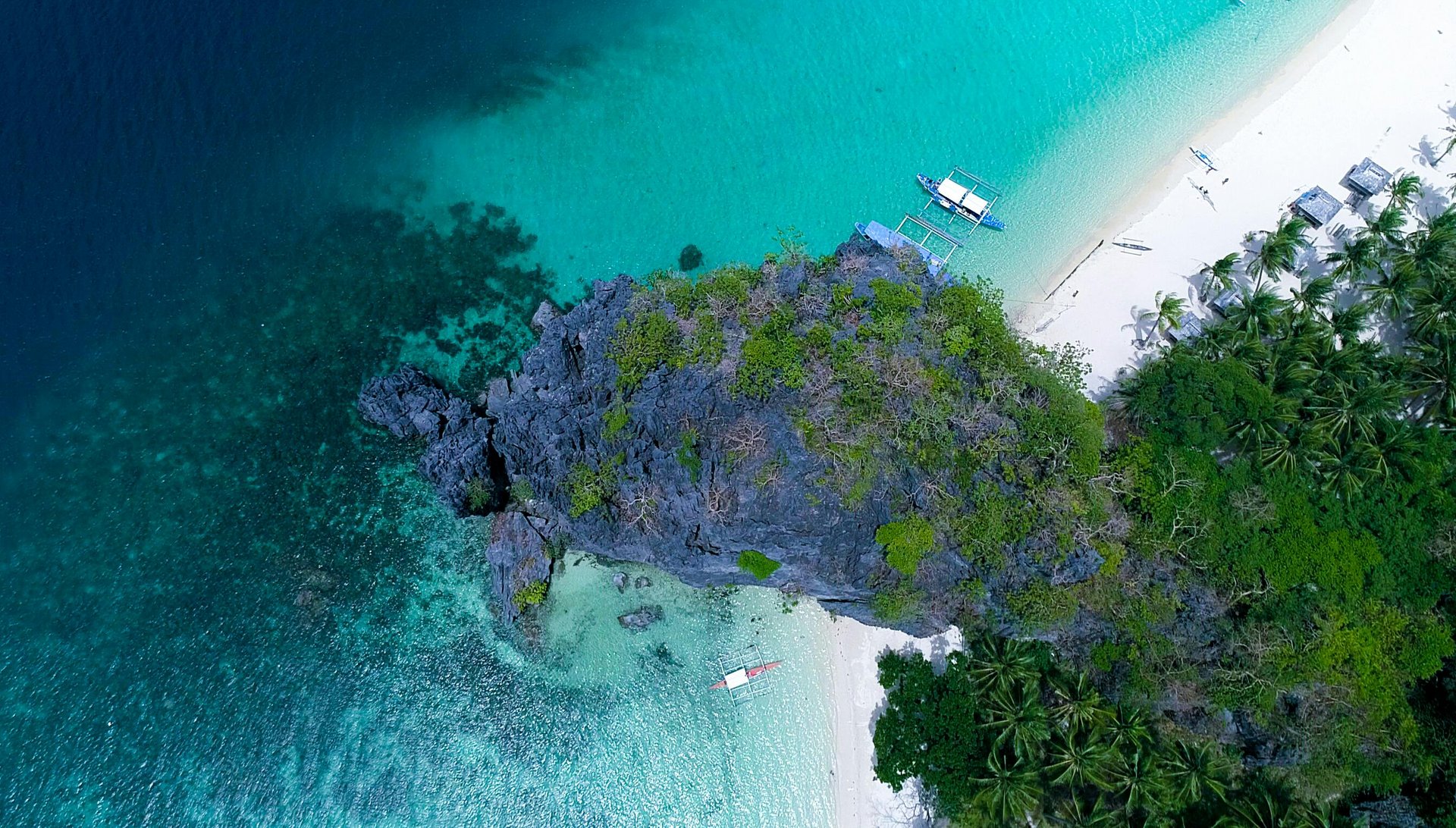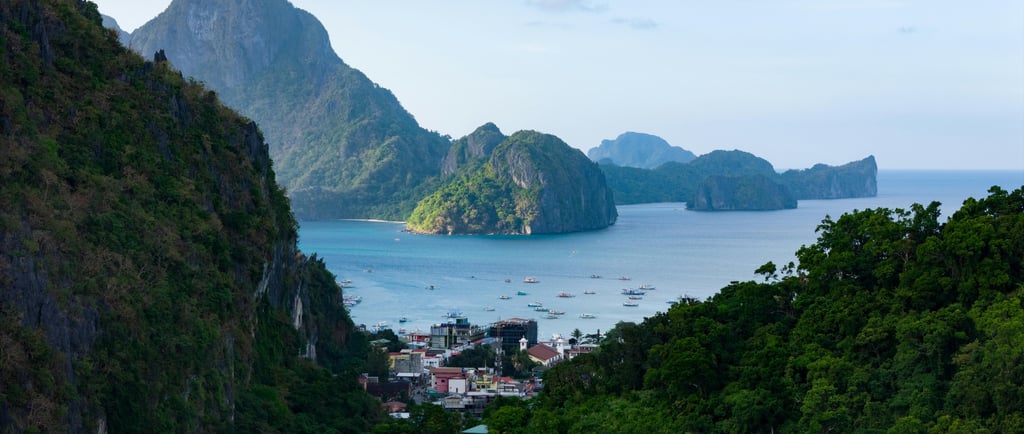
Philippine Tourism in 2025: A Powerful Force for Growth and Progress
Joshua Alcantara
8/1/20254 min read


In 2025, Philippine tourism has not just bounced back, it has surged forward, becoming one of the country’s most impactful economic drivers. Fueled by visionary leadership, improved connectivity, and a renewed love for local and global travel, the sector is achieving milestones that are capturing international attention.
During the recent Fiscal Year 2025 budget hearing, the Department of Tourism (DOT), led by Secretary Christina Garcia Frasco, presented data that surprised even optimistic observers. Tourism has not only recovered, it’s thriving. Lawmakers responded with praise and calls for higher funding, recognizing the sector’s unmatched ability to generate jobs, income, and pride in the Filipino identity.
Let’s explore the key reasons why 2025 is being called a historic year for Philippine tourism.
1. Tourism’s Record Contribution to the Economy
The World Travel & Tourism Council (WTTC) projects that the Philippines' tourism sector will contribute an estimated ₱5.9 trillion to the national economy in 2025, the highest figure on record. This accounts for 21.3% of the country’s total GDP an outstanding indicator of how far the industry has come.
What makes this milestone even more significant is its ripple effect across industries from hotels and airlines to food, retail, and the creative economy. Every peso spent by a tourist helps move the economy forward.
2. Impressive Rise in International Tourist Arrivals
From January to June 2024, over 3.8 million international visitors arrived in the Philippines, according to the DOT. That’s a 24% increase compared to the same period in 2023, reflecting the global market’s growing confidence in the country as a destination.
These visitors generated ₱344 billion in revenue, benefiting businesses large and small. From five-star resorts in Palawan to family-run bed and breakfasts in Ilocos, the tourism boom is being felt far and wide.
3. Millions of Jobs Created and Sustained
Tourism isn’t just about beautiful destinations it’s about people. In 2025, the industry is expected to support 11.5 million jobs, which makes up 25.4% of the country’s total employment, based on WTTC estimates.
That means nearly 1 in 4 working Filipinos has a job connected to tourism. Whether it’s a tour guide in Cebu, a restaurant worker in Baguio, or a craftsman in Davao, the sector is helping to sustain livelihoods across the country.
4. Domestic Travel as a Backbone of Resilience
While international tourism grabs headlines, domestic travel remains a powerful force. In 2023 alone, local travelers spent over ₱2.3 trillion, proving that Filipinos are eager to explore their own backyard.
Thanks to increased regional flights, better roads, and promotions like "Love the Philippines," local tourism has thrived. Filipinos are rediscovering hidden gems from quiet surf towns to mountain retreats and this trend is expected to grow well into 2025.
5. Investments in Infrastructure and Accessibility
One of the DOT’s biggest wins has been its work in improving accessibility to key and emerging destinations. In partnership with the Department of Transportation (DOTr), airport upgrades and better transport systems have made it easier for travelers to explore farther and wider.
Destinations that were once challenging to reach are now part of mainstream itineraries benefiting not just tourists, but also the local economies that depend on their visits.
6. Focus on Sustainable and Inclusive Tourism
The DOT has placed sustainability and community participation at the heart of its tourism development plans. Secretary Frasco has emphasized the importance of supporting local communities, protecting cultural heritage, and investing in programs that ensure tourism benefits everyone.
From eco-tours managed by indigenous groups to training programs for rural youth, the goal is clear: tourism must uplift, not displace.
7. Strong Support from Policymakers
Lawmakers at the FY 2025 budget hearing voiced overwhelming support for the DOT’s efforts. Several senators, including Nancy Binay, stressed that tourism’s momentum must be protected and encouraged through increased budget allocation.
Their recommendation? Give the DOT more tools to continue its work whether through expanded marketing efforts, tourism education, or digital innovation.
8. A Reenergized Global Image
Campaigns like “Love the Philippines”, launched during the DOT’s 50th anniversary, have reintroduced the country to global audiences with boldness and charm. With tailored messaging for key source markets, the campaign has helped boost arrivals from countries like the U.S., South Korea, Japan, Australia, and Canada.
This renewed branding is not just about attracting visitors, it’s about reigniting national pride and showcasing what makes the Philippines truly one of a kind.
9. Private Sector Collaboration Driving Innovation
Partnerships with the private sector have allowed the tourism industry to scale faster and smarter. From hotel chains to tech startups, businesses have brought in innovation, capital, and global best practices.
The result is a tourism ecosystem that’s modern, efficient, and ready for more growth. Whether through digital bookings, sustainable lodging, or curated travel experiences, the industry is evolving to meet the expectations of today’s traveler.
10. Positioned for Long-Term Global Competitiveness
With solid foundations in place, tourism is now one of the Philippines’ most promising sectors for long-term growth. The record-breaking numbers in 2025 are not just a sign of recovery they are a signal of readiness.
As Secretary Frasco shared during the hearing:
“The DOT is committed to sustaining this momentum and solidifying the Philippines’ position as a top destination. Tourism is not only an economic driver it is a source of national pride and unity.”
Travel as a Tool for Transformation
The future of Philippine tourism looks bright, but its real power lies in what it represents: inclusive growth, shared prosperity, and cultural celebration. When travelers come to the Philippines, they don’t just see the sights they experience the soul of a nation.
For travelers, entrepreneurs, and policy shapers alike, now is the time to support this momentum. The success of tourism in 2025 proves that with the right strategy and support, the Philippines can shine brighter than ever.